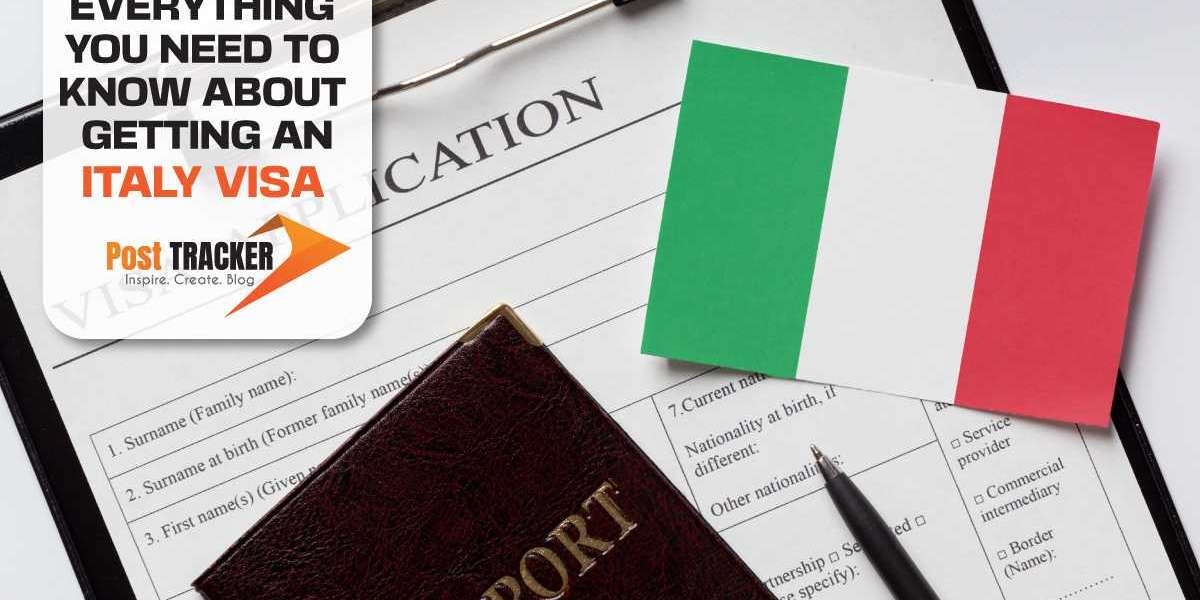If you are a Green Card holder, or you're visiting your family in Italy on a long-stay visa, there are some requirements that you must meet for Italy Visa. These include: A copy of your bank guarantee (also known as Polizza fidejussoria).
Applicants also need to offer proof of financial means, provide a travel itinerary and accommodation, and have medical insurance coverage. The application process takes time, so it's best to start early.
Visitor visa
The visitor visa is a type of visa that allows non-EU citizens to enter Italy for tourism, business, or family reunification purposes. This visa is valid for up to 90 days. The requirements and process for obtaining this visa vary depending on the applicant’s country of origin. It is advisable to apply well in advance of your trip, especially during peak travel season.
The first step in applying for an Italian visa is to determine your visa type. There are several types of Schengen visas, and it’s important to choose the right one for your visit. The next step is to prepare the necessary documents for your visa application. This may include passport photos, a letter of invitation from a host or sponsor in Italy, and proof of financial means.
Lastly, you must schedule an interview with the Italian Embassy or Consulate in your home country. This can take days or weeks, so it’s a good idea to start your application process early.
The visa requirements for Italy differ slightly by visa type, but all applicants must submit their applications through the official Italian embassy or consulate in their home country. Almost all visa applications require an interview with an immigration official. You can find information on scheduling interviews online or by contacting the embassy or consulate directly.
Study visa
If you’re planning to study in Italy, it’s important to plan ahead and prepare for the visa process. This involves gathering all the required documents and arranging an appointment at your local Italian consulate or visa application center. It’s also best to apply well in advance of your program start date.
The first step in the visa process is locating your nearest Italian Embassy, Consulate, or Visa application center. This is where you will submit your biometric information and be interviewed. It is recommended that you make an appointment for a few months in advance to avoid delays. You can schedule an appointment through the embassy website or contact the center directly.
There are different visa options for students studying in Italy, including a short-term Schengen visa or a national visa (type D). The former allows you to travel to all countries in the Schengen zone, while the latter limits you to the country of your choice. Both types require a detailed itinerary and proof that you have financial means to support yourself while in Italy.
If you’re a citizen of a country that has a Visa Facilitation Agreement with Italy, you may be eligible for reduced fees or even a waiver. Additionally, researchers and diplomatic passport holders can get a national visa for free. In addition to these fees, the embassy or visa center might charge additional service charges.
Business visa
If you’re planning to travel to Italy for business purposes, you must obtain a business visa. The procedure can take several weeks to complete, so it’s important to apply well in advance of your trip. In addition, visa requirements can change on short notice.
A business visa entitles you to enter the country for a temporary period of time to carry out activities and transactions. It is also used to participate in conferences and other business events. The Y-Axis team can help you evaluate your options and determine which type of visa is best for your specific situation.
American citizens who intend to work in Italy must apply for an entrance visa before entering the country. The visa must be obtained at an Italian consulate before you arrive in the country, and it will be valid only for the duration of your stay. If you’re planning to stay in Italy for more than three months, you must apply for a residence permit.
All foreign nationals are required to present a passport with at least two blank pages for the visa application process. The visa application form must be filled out and signed, and the photograph must comply with Italy’s visa photo requirements. All applicants are strongly advised to distrust anyone who claims to know shortcuts and/or guarantees a quick evaluation of their application or that it will be approved.
Tourist visa
If you plan on traveling to Italy for the purpose of tourism, then you should apply for a tourist visa. This type of visa can be issued for a maximum of 90 days in a 180-day period, and it is best to apply well in advance of your travel date. This will allow you to avoid any unexpected delays or other issues that may arise during the process.
The application process for an Italian tourist visa varies depending on the country in which you reside, and it is important to check your local embassy or consulate’s website for details. Generally, you will need to complete the online application form and submit it along with supporting documents. In some cases, you will also need to attend an in-person interview. The process can be lengthy, so it is advisable to begin the application early.
You should also make sure that you have travel and medical insurance that covers the entire Schengen area. This insurance should cover the cost of any accidents or illnesses that you may experience during your stay in Italy.
Green Card holders and non-citizen residents of the United States are not required to obtain an Italy visa if they have an American passport that is valid for at least three months. However, it is a good idea to get a new passport before moving to Italy, as the old one will no longer be valid for entry into the country.
Conclusion
In summary, this comprehensive guide serves as a valuable resource for individuals seeking to obtain a visa for Italy. By providing detailed information on visa types, application requirements, eligibility criteria, and helpful tips, it empowers applicants to navigate the process with confidence and ease. With thorough preparation and adherence to the outlined procedures, obtaining an Italy visa becomes more manageable, ensuring a smoother journey to exploring the rich culture, history, and beauty of Italy.













